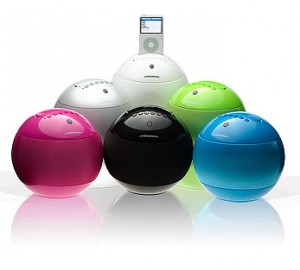Choosing Your Business Colors
Market research shows that colors account for around 80% of the information retained on a website. But we don’t need studies to know that—just take a look at the pristine whites of Apple.com or the organic greens of Starbucks. Colors are never just colors for a business—they’re as closely tied to your identity as your trade name.
Your website colors deserve a lot more thought than pulling a crayon out of a box. To help you stay on track, experts have come up with these three color selection rules:

1. Think like your audience.
When you’re marketing to thousands, it’s not about what appeals to you—it’s about your target audience. Let’s say you’re a designer looking for clients in the entertainment industry. Would a music producer go with a blue-and-white-website that could pass for a bank, or a colorful one with bold, edgy colors? Think about what your market would want, even if you don’t like it yourself.
2. Use adaptable colors.
“Adaptable” in this sense means that the color can adapt to changes in your business approach. A good example is Microsoft: they’ve been through a few logos, but even younger users who’ve never heard of Windows 3.11 can easily make the connection. Similarly, your colors should look good no matter how much you tweak your website.

3. Break conventions.
The first iMacs broke into the market with a resounding message: computers don’t have to be beige. The colorful iPods we have today are proof that it won’t hurt to break a few rules once in a while, as long as you can pull it off. Check out your competitors’ websites and see what they have in common—and then find a way to challenge it.


